Home>Technology>Home Entertainment Systems>What Is The Future Of Television?


Home Entertainment Systems
What Is The Future Of Television?
Modified: January 5, 2024
Discover the future of television with the latest home entertainment systems. Explore cutting-edge technology and immersive viewing experiences. Unlock the ultimate in-home entertainment.
(Many of the links in this article redirect to a specific reviewed product. Your purchase of these products through affiliate links helps to generate commission for Storables.com, at no extra cost. Learn more)
Introduction
Television, once a staple of living rooms around the world, has undergone a remarkable transformation in recent years. The advent of streaming services, the integration of artificial intelligence, and the emergence of virtual and augmented reality have all contributed to reshaping the future of television. In this article, we will explore these developments and their impact on the way we consume and interact with television content. Additionally, we will delve into the role of social media in influencing the future of television and examine the evolution of content delivery. By examining these key areas, we can gain insight into the exciting direction in which television is headed.
Key Takeaways:
- Television’s future is all about streaming services, AI personalization, and immersive VR/AR experiences, transforming how we watch and interact with content.
- Social media is shaping television by fostering real-time interactions, fan communities, and content discovery, creating a dynamic and participatory viewing environment.
Read more: What Is The Future Of Construction Industry
The Rise of Streaming Services
In recent years, the entertainment landscape has been significantly influenced by the rise of streaming services. These platforms, such as Netflix, Hulu, and Amazon Prime Video, have revolutionized the way audiences access and consume television content. One of the key factors driving the popularity of streaming services is the convenience they offer. Unlike traditional broadcast television, which relies on scheduled programming, streaming services provide on-demand access to a vast library of movies, TV shows, documentaries, and original content.
Moreover, the ability to stream content across a variety of devices, including smartphones, tablets, smart TVs, and gaming consoles, has further contributed to the widespread adoption of streaming services. This accessibility has empowered viewers to engage with their favorite programs on their own terms, transcending the limitations of traditional broadcast schedules.
Furthermore, the concept of “binge-watching” has become synonymous with the streaming era. Entire seasons of television series are often released at once, allowing audiences to immerse themselves in a continuous viewing experience. This binge-watching culture has not only transformed viewing habits but has also influenced the storytelling and narrative structures of television content.
From a business perspective, the rise of streaming services has disrupted the traditional television industry. With the ability to produce and distribute original content, streaming platforms have become major players in the entertainment landscape, challenging the dominance of traditional networks and cable providers. This has led to a proliferation of high-quality, diverse programming, catering to a wide range of interests and demographics.
As the streaming market continues to evolve, with the introduction of new players and the expansion of existing services, competition has intensified, driving innovation and raising the bar for content quality. The future of television undoubtedly lies in the hands of streaming services, as they continue to shape the way we discover, consume, and engage with compelling visual storytelling.
The Impact of Artificial Intelligence on Television
Artificial intelligence (AI) has emerged as a transformative force in the television industry, revolutionizing various aspects of content creation, distribution, and viewer engagement. One of the most notable applications of AI in television is in content recommendation systems. Streaming services and cable providers leverage AI algorithms to analyze viewer preferences, viewing habits, and historical data to offer personalized recommendations. By understanding individual tastes and behaviors, AI-driven recommendation engines enhance the content discovery experience, leading to increased viewer satisfaction and engagement.
Furthermore, AI plays a pivotal role in content production and enhancement. Advanced AI technologies, such as machine learning and computer vision, are utilized to streamline the post-production process, automate video editing tasks, and optimize visual effects. This not only accelerates the production timeline but also improves the overall quality of the content, resulting in a more immersive and visually captivating viewing experience.
Moreover, AI-powered analytics and predictive modeling enable content creators and networks to gain valuable insights into audience preferences and trends. By analyzing vast datasets, AI algorithms can forecast audience demand, identify emerging genres, and predict the potential success of new content concepts. This data-driven approach empowers decision-makers to make informed choices regarding programming, thereby mitigating risks and maximizing the appeal of television offerings.
Another groundbreaking application of AI in television is in the realm of virtual assistants and voice-activated controls. Smart TVs equipped with AI-driven voice recognition technology enable viewers to interact with their televisions using natural language commands, facilitating seamless navigation, content search, and smart home integration. This convergence of AI and television hardware has redefined the user experience, making entertainment consumption more intuitive and interactive.
Looking ahead, the integration of AI is poised to further personalize and optimize the television viewing experience. As AI technologies continue to advance, we can anticipate enhanced content curation, immersive interactive storytelling, and even AI-generated content tailored to individual preferences. With AI at the forefront, television is evolving into a more intelligent, responsive, and immersive medium, catering to the diverse needs and preferences of modern audiences.
Virtual and Augmented Reality in Television
The convergence of television and virtual/augmented reality (VR/AR) technologies has opened up new frontiers in immersive entertainment experiences. VR and AR have the potential to revolutionize the way audiences engage with television content, offering unprecedented levels of interactivity and immersion.
Virtual reality, in particular, has gained traction as a transformative medium for storytelling. With VR headsets and 360-degree video content, viewers can be transported into meticulously crafted virtual environments, allowing for a heightened sense of presence and agency within the narrative. This immersive form of storytelling has the power to redefine traditional television programming, enabling audiences to step inside their favorite shows, explore captivating worlds, and interact with characters in ways previously unimaginable.
Augmented reality, on the other hand, enhances the television viewing experience by overlaying digital content onto the real world. Through AR-enabled devices such as smartphones and tablets, viewers can access supplementary information, interactive elements, and immersive overlays that enrich their understanding and engagement with televised content. This fusion of digital and physical realms has the potential to revolutionize educational programming, live events, and interactive advertising, creating new avenues for audience participation and brand integration.
From a content creation standpoint, VR and AR technologies present exciting opportunities for producers and creators to craft innovative, multi-sensory experiences. By leveraging spatial audio, haptic feedback, and interactive storytelling techniques, television content can transcend the confines of traditional screens, offering viewers a deeply engaging and participatory form of entertainment.
Furthermore, the integration of VR/AR technologies into televised sports and live events has the potential to redefine the viewing experience. Immersive 360-degree broadcasts, interactive overlays, and virtual social viewing environments can transport audiences to the heart of the action, creating a sense of presence and camaraderie that transcends the limitations of traditional televised events.
As VR and AR continue to evolve, with advancements in hardware, software, and user experience design, the future of television is poised to embrace a new era of immersive, interactive storytelling. Whether it’s exploring fantastical realms, participating in live events from the comfort of home, or engaging with educational content in innovative ways, VR and AR are reshaping television into a dynamic, participatory medium that blurs the boundaries between fiction and reality.
The future of television is likely to be more personalized and interactive, with the rise of streaming services, on-demand content, and interactive features. Viewers can expect more control over what they watch and when they watch it.
The Role of Social Media in Shaping the Future of Television
Social media has emerged as a powerful catalyst in shaping the future of television, profoundly influencing how audiences discover, engage with, and discuss television content. Platforms such as Facebook, Twitter, Instagram, and TikTok have become integral components of the television viewing experience, serving as hubs for real-time interactions, fan communities, and content promotion.
One of the primary ways in which social media impacts television is through audience engagement and interaction. Viewers are now able to actively participate in conversations surrounding their favorite shows, sharing reactions, theories, and memes in real time. This instantaneous feedback loop not only enhances the communal viewing experience but also provides valuable insights for content creators and networks regarding audience sentiment and preferences.
Moreover, social media platforms have become essential tools for content discovery and promotion. Television networks and streaming services leverage social media to generate buzz around new releases, engage with fans, and unveil exclusive behind-the-scenes content. Influencer marketing and user-generated content campaigns further amplify the reach of television programming, tapping into the viral nature of social media to extend the visibility and impact of shows and events.
Additionally, social media has redefined the concept of “second-screen” engagement, where viewers simultaneously engage with social platforms while watching television. This dual-screen behavior has given rise to interactive experiences, live polls, and synchronized social content that complement televised programming, fostering a more immersive and participatory viewing environment.
Furthermore, social media has empowered fans to become advocates and influencers in their own right. Fan communities and dedicated fan accounts play a pivotal role in driving conversations, generating fan theories, and advocating for the renewal of beloved shows. This grassroots advocacy has demonstrated the ability of social media to influence programming decisions and shape the trajectory of television narratives.
Looking ahead, the integration of social media into television is set to deepen, with advancements in social commerce, interactive storytelling, and personalized content experiences. As social platforms continue to evolve, television will increasingly be shaped by the dynamic interplay between content creators, networks, and engaged audiences, fostering a symbiotic relationship that transcends traditional broadcast models.
The Evolution of Content Delivery
The landscape of content delivery has undergone a remarkable evolution, driven by technological advancements, shifting consumer behaviors, and the proliferation of digital platforms. From traditional broadcast television to on-demand streaming, the way content is delivered to audiences has been transformed, ushering in a new era of flexibility, accessibility, and choice.
One of the most significant developments in content delivery is the transition from linear broadcasting to on-demand streaming services. The rise of platforms such as Netflix, Amazon Prime Video, and Disney+ has disrupted traditional distribution models, allowing viewers to access a vast library of content at their convenience. This shift has liberated audiences from the constraints of scheduled programming, enabling them to tailor their viewing experiences to suit their preferences and lifestyles.
Furthermore, the advent of over-the-top (OTT) services has expanded the reach of television content beyond traditional television sets. Viewers can now access programming across a multitude of devices, including smartphones, tablets, smart TVs, and streaming media players, blurring the boundaries between traditional and digital viewing environments. This multi-platform accessibility has redefined the concept of “television,” making content consumption a seamless and ubiquitous experience.
Moreover, the evolution of content delivery has been propelled by the emergence of live streaming platforms and social video networks. Live streaming services offer real-time access to events, performances, and interactive programming, fostering a sense of immediacy and communal engagement. Social video platforms, such as YouTube and TikTok, have democratized content creation and distribution, empowering creators to connect directly with global audiences, circumventing traditional gatekeepers.
Additionally, the concept of cloud-based content delivery has revolutionized the scalability and flexibility of television infrastructure. Cloud-based services enable content providers to efficiently store, manage, and deliver vast libraries of media, while also facilitating dynamic ad insertion, personalized recommendations, and seamless content distribution across global markets.
Looking ahead, the evolution of content delivery is poised to embrace emerging technologies such as 5G networks, edge computing, and immersive media formats. These advancements promise to further enhance the speed, quality, and interactivity of content delivery, paving the way for new forms of storytelling, interactive experiences, and personalized content delivery tailored to individual preferences.
Conclusion
The future of television is being shaped by a convergence of technological innovation, changing consumer behaviors, and dynamic media ecosystems. As streaming services continue to redefine the content landscape, artificial intelligence enhances personalization, and virtual/augmented reality opens new frontiers of immersive storytelling, the television experience is evolving at a rapid pace. Social media has become an indispensable companion to television, fostering real-time interactions, fan communities, and content discovery. The evolution of content delivery, from linear broadcasting to on-demand streaming and live social video, has democratized access to diverse programming, transcending traditional viewing paradigms.
Amidst these transformative shifts, the essence of television as a medium for storytelling, information dissemination, and cultural reflection remains steadfast. The power of television to entertain, educate, and inspire continues to resonate with audiences worldwide. As content creators, networks, and technology innovators collaborate to shape the future of television, the potential for groundbreaking narratives, interactive experiences, and personalized content delivery is boundless.
Looking ahead, the future of television holds promise for immersive, interactive, and personalized experiences that transcend the confines of traditional viewing. As AI algorithms refine content recommendations, as VR/AR technologies redefine the boundaries of storytelling, and as social media fosters global conversations, the television landscape is poised for a new era of creativity and connectivity.
Ultimately, the future of television is a testament to the enduring power of visual storytelling, the relentless pursuit of innovation, and the profound impact of media on our collective consciousness. As we embark on this transformative journey, the evolution of television is not merely a technological progression but a reflection of our innate desire to connect, engage, and be captivated by the art of storytelling.
Frequently Asked Questions about What Is The Future Of Television?
Was this page helpful?
At Storables.com, we guarantee accurate and reliable information. Our content, validated by Expert Board Contributors, is crafted following stringent Editorial Policies. We're committed to providing you with well-researched, expert-backed insights for all your informational needs.
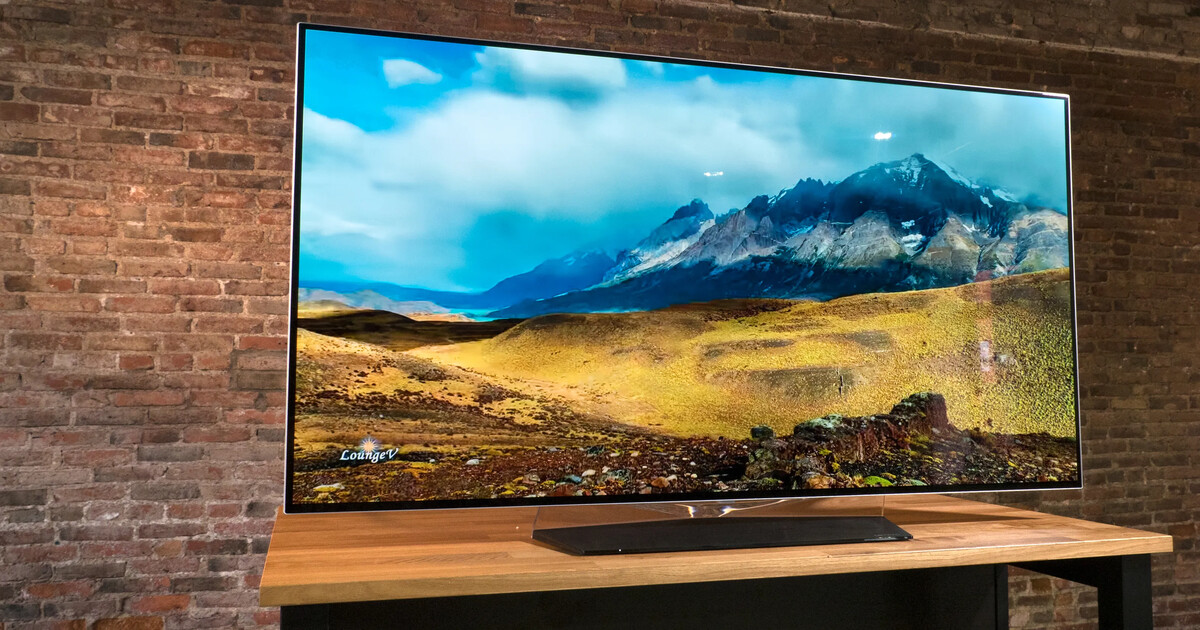

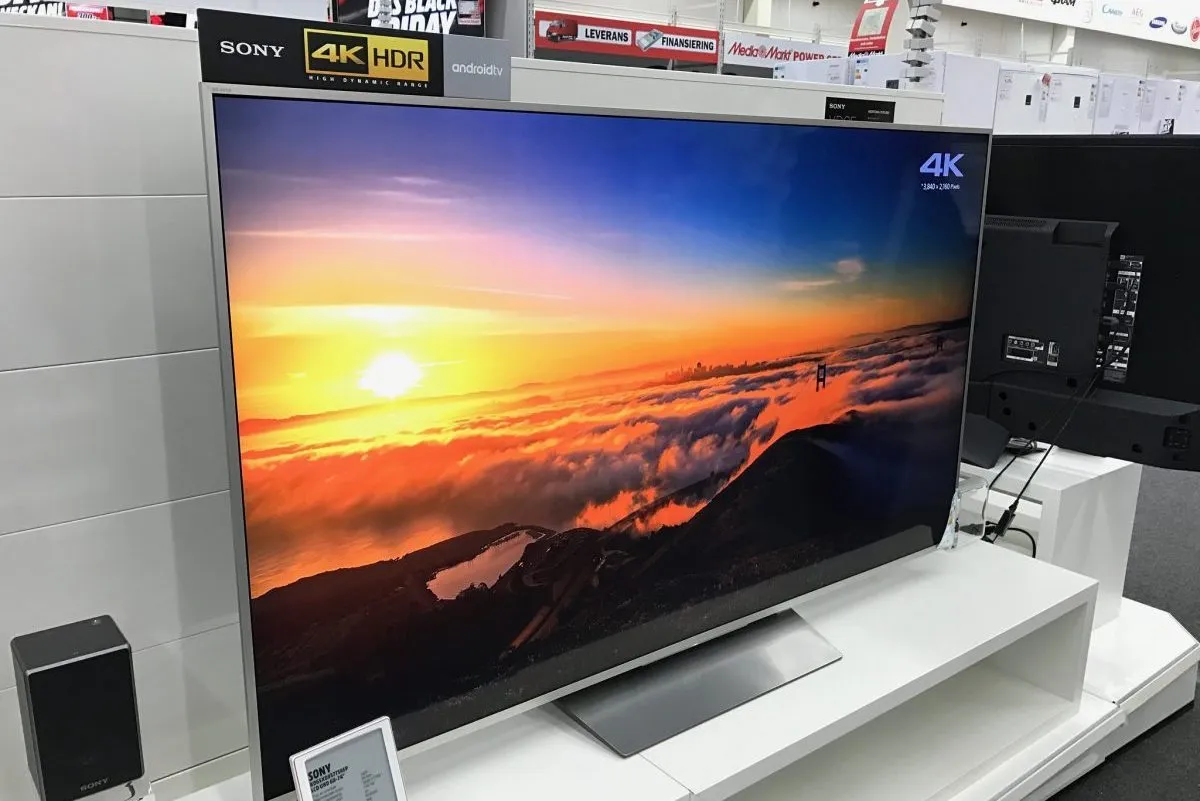
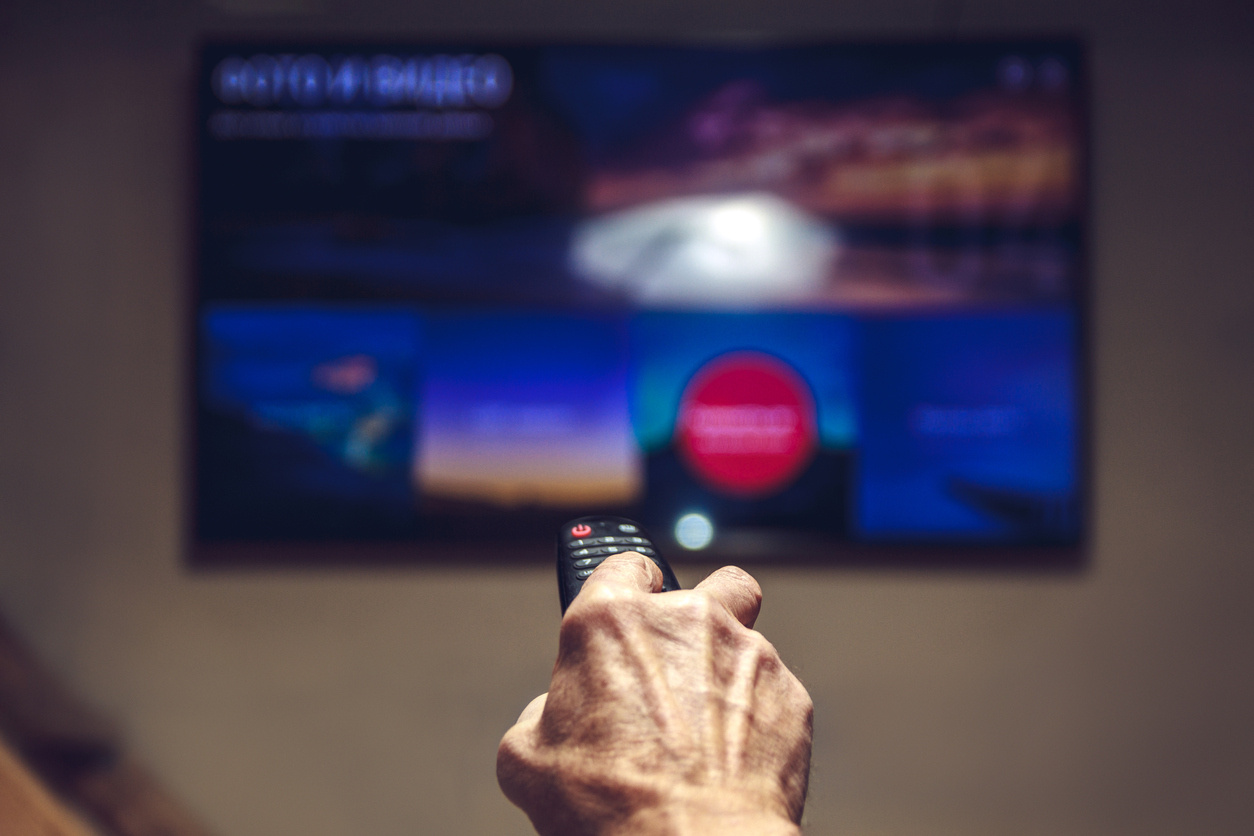




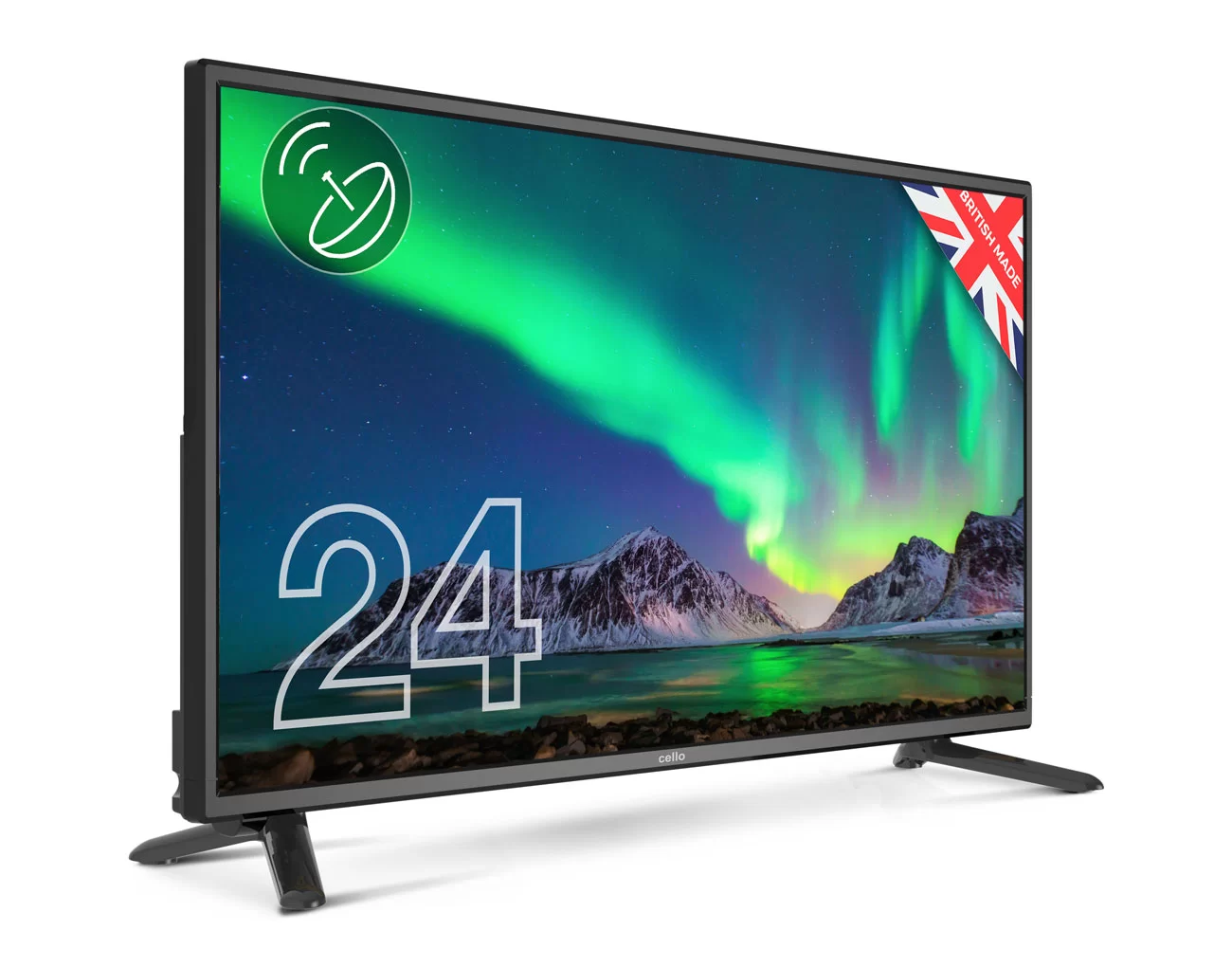
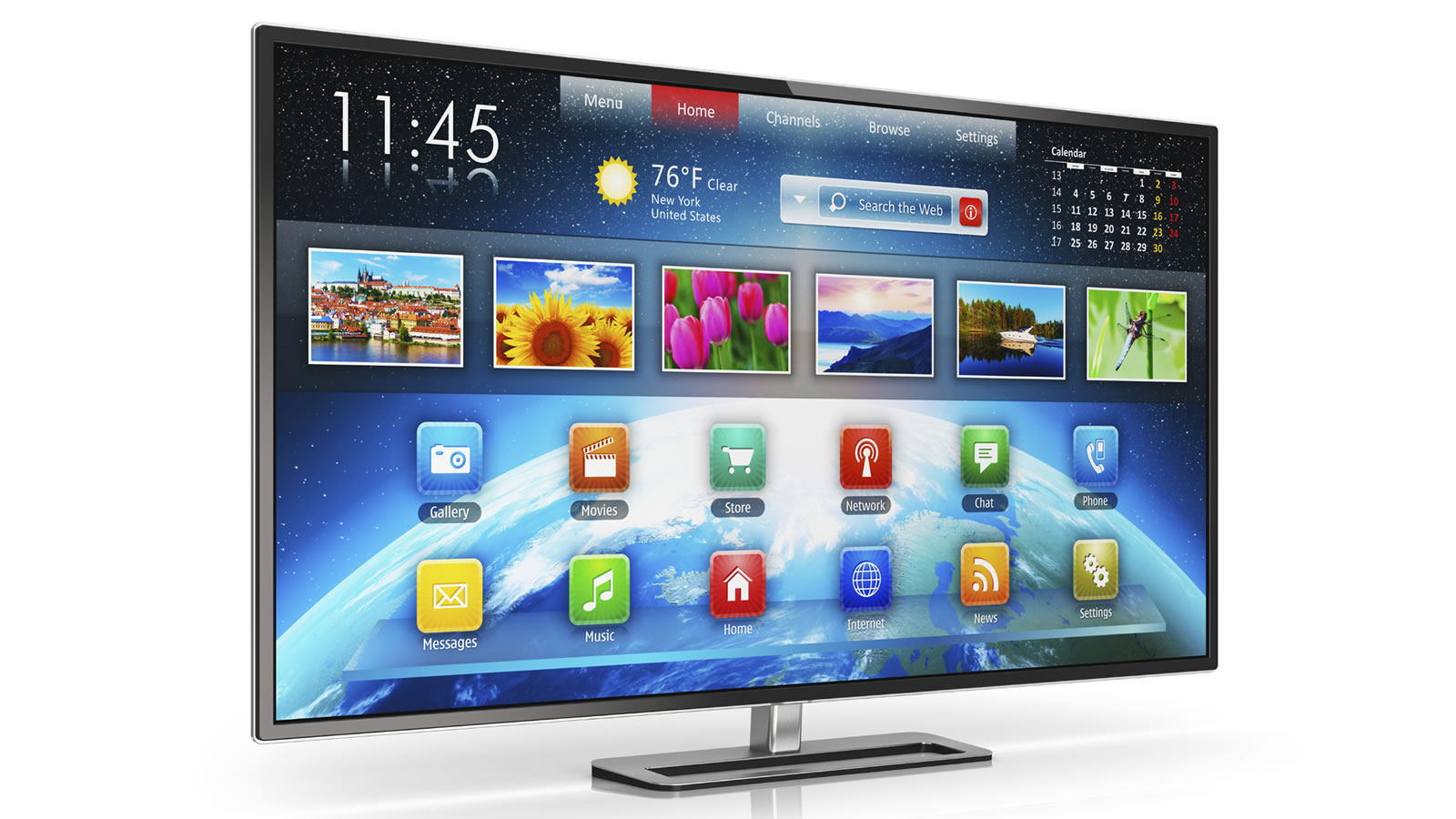
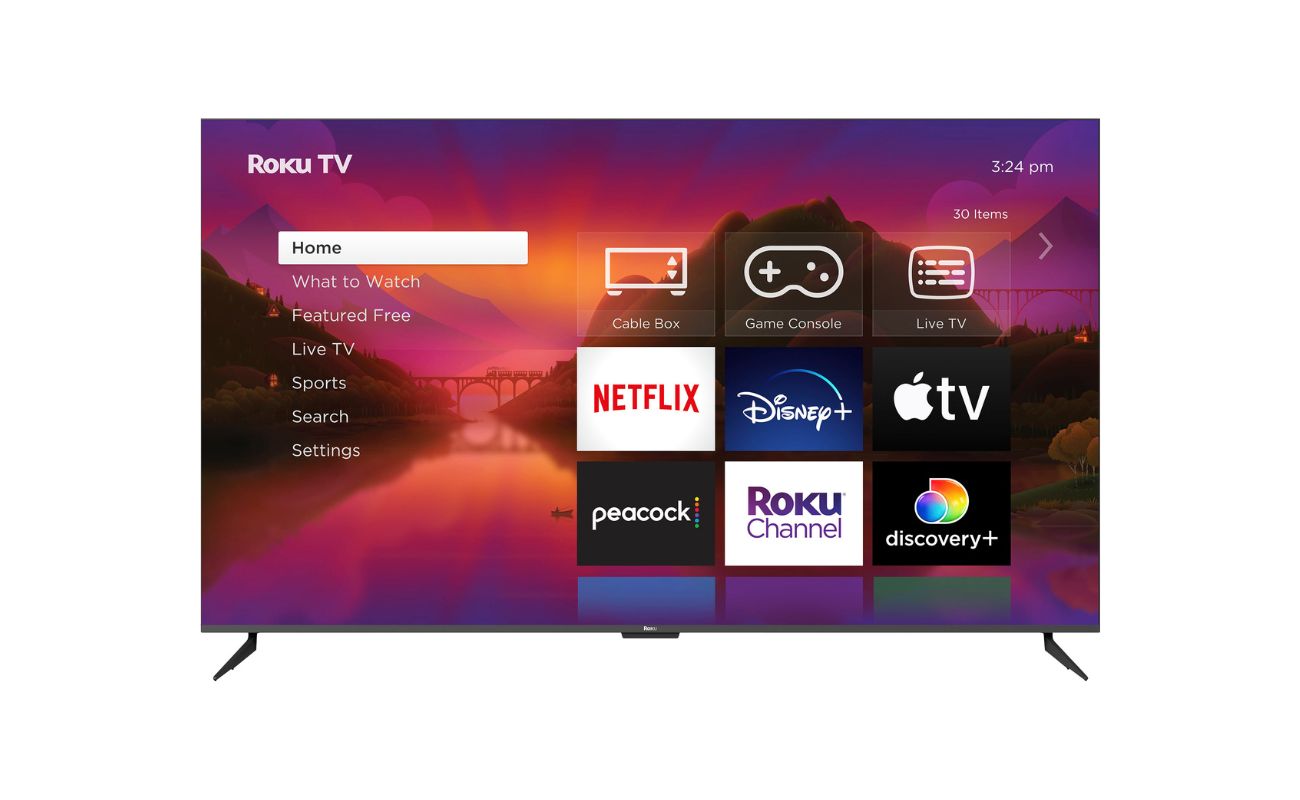
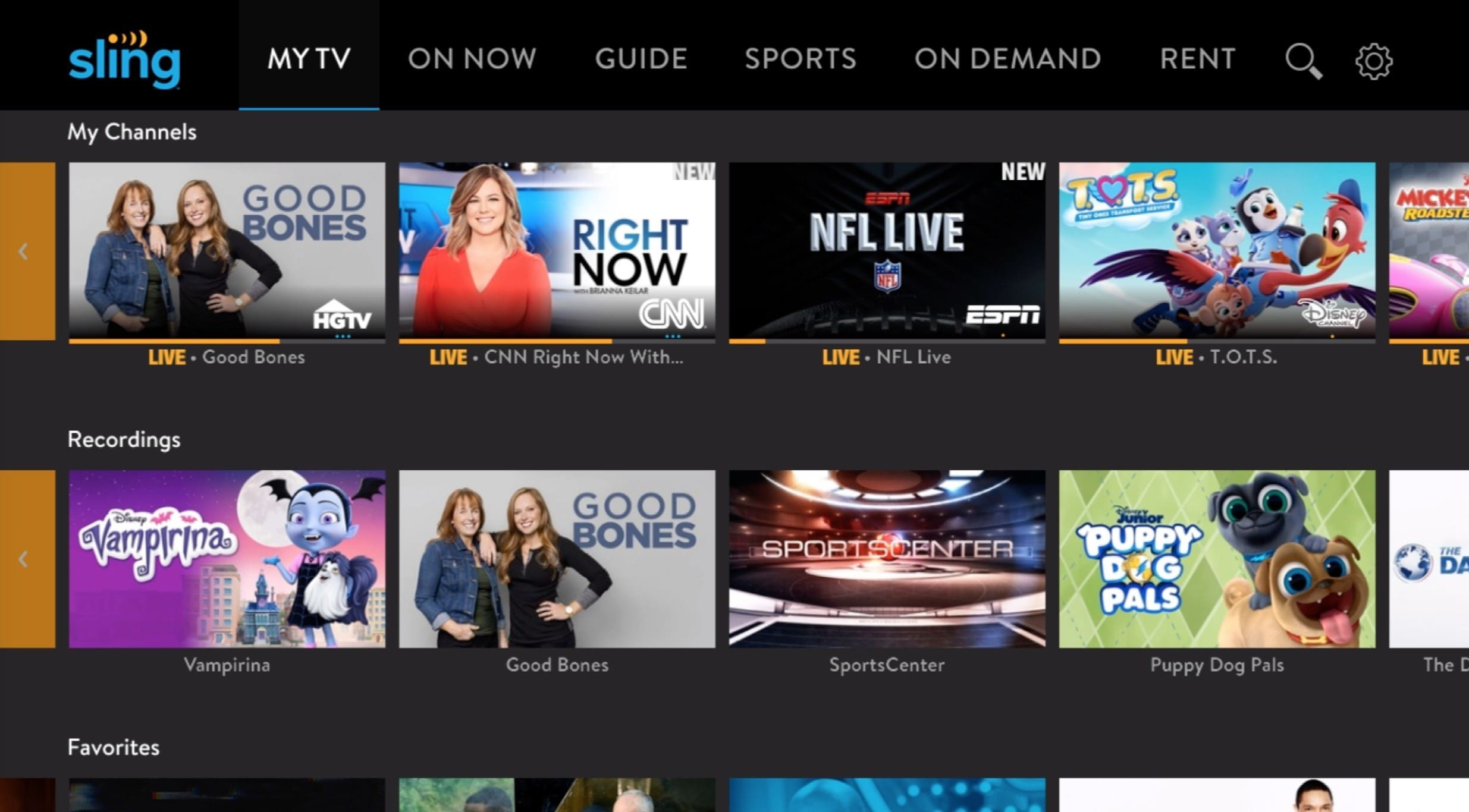



0 thoughts on “What Is The Future Of Television?”